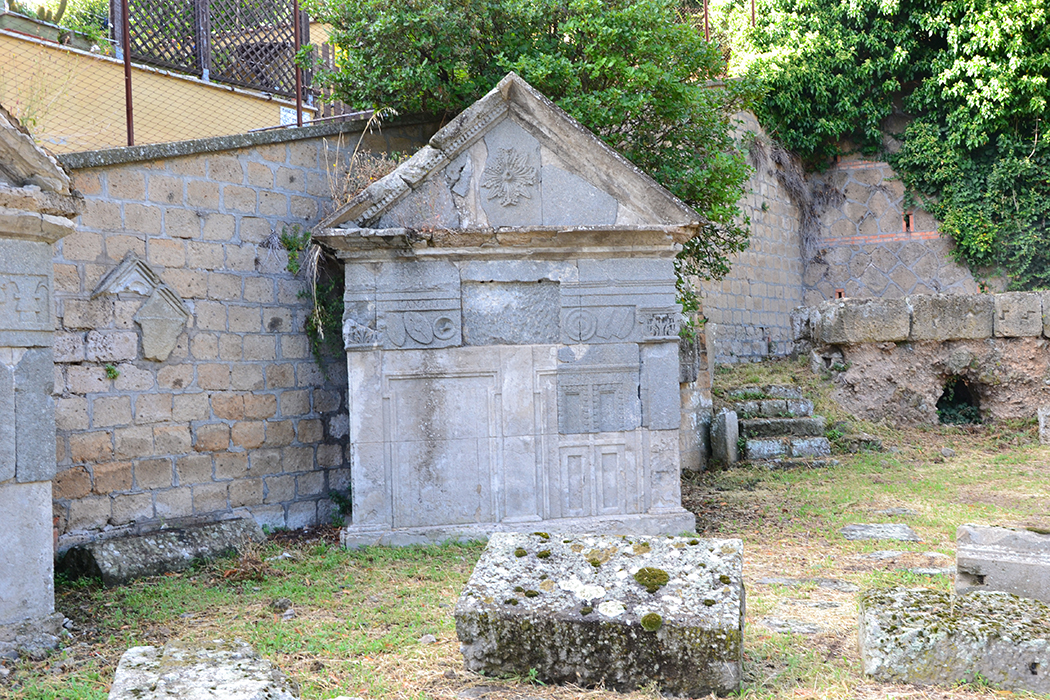The center of San Giovenale of Blera is one of the rare examples of Etruscan urban architecture whose name is unknown but it is known that it was under the influence of Tarquinia.
The discovery and the archaeological excavations took part under direction of the Swedish Institute and King Gustaf VI Adolf of Sweden.
The settlement dates back to the seventh century BC and was located on a long plateau of tufa stone at the confluence of two rivers, according to the usual selection criteria of the settled areas of the Etruscan and Faliscan populations.
The plateau was still inhabited in prehistoric times as indicated by the findings of groups of huts related to the Bronze Age and the Iron Age.
The Etruscan settlement is located just below the present village and only two excavation areas, east and west of the castle, were left open and protected by sheds so as to be visible.
Just below the castle wall you can access the large shed that protects the best preserved Etruscan settlement. A walkway allows the view from above and you can distinguish the plans of houses, wells, hearths and the route of an ancient road with ruts of wagons.
All this testifies to the extent of the settlement that occupied the entire plateau.
The moat of the castle cuts across the acropolis and there are remains of fortifications with large limestone blocks, built without mortar.
The area of Juvenal was found almost by accident by the Swedish Institute of Classical Studies when starting their archaeological activities in 1956.
The aim was a simple fact-finding investigation and the results went beyond all expectations.







Follow us